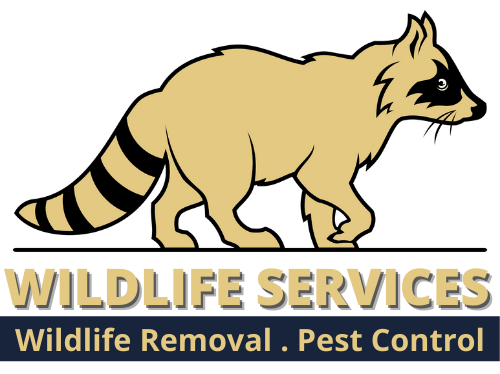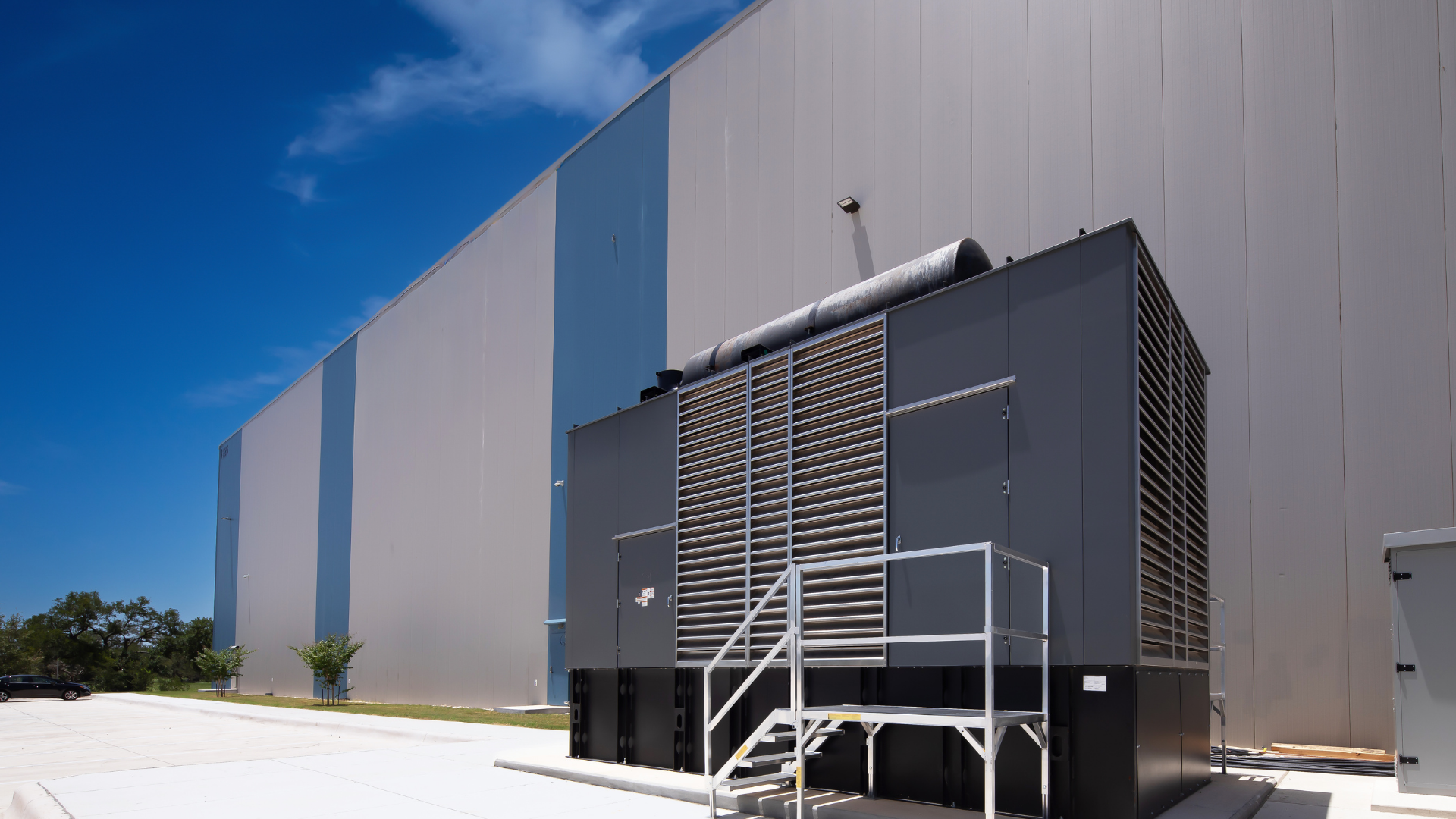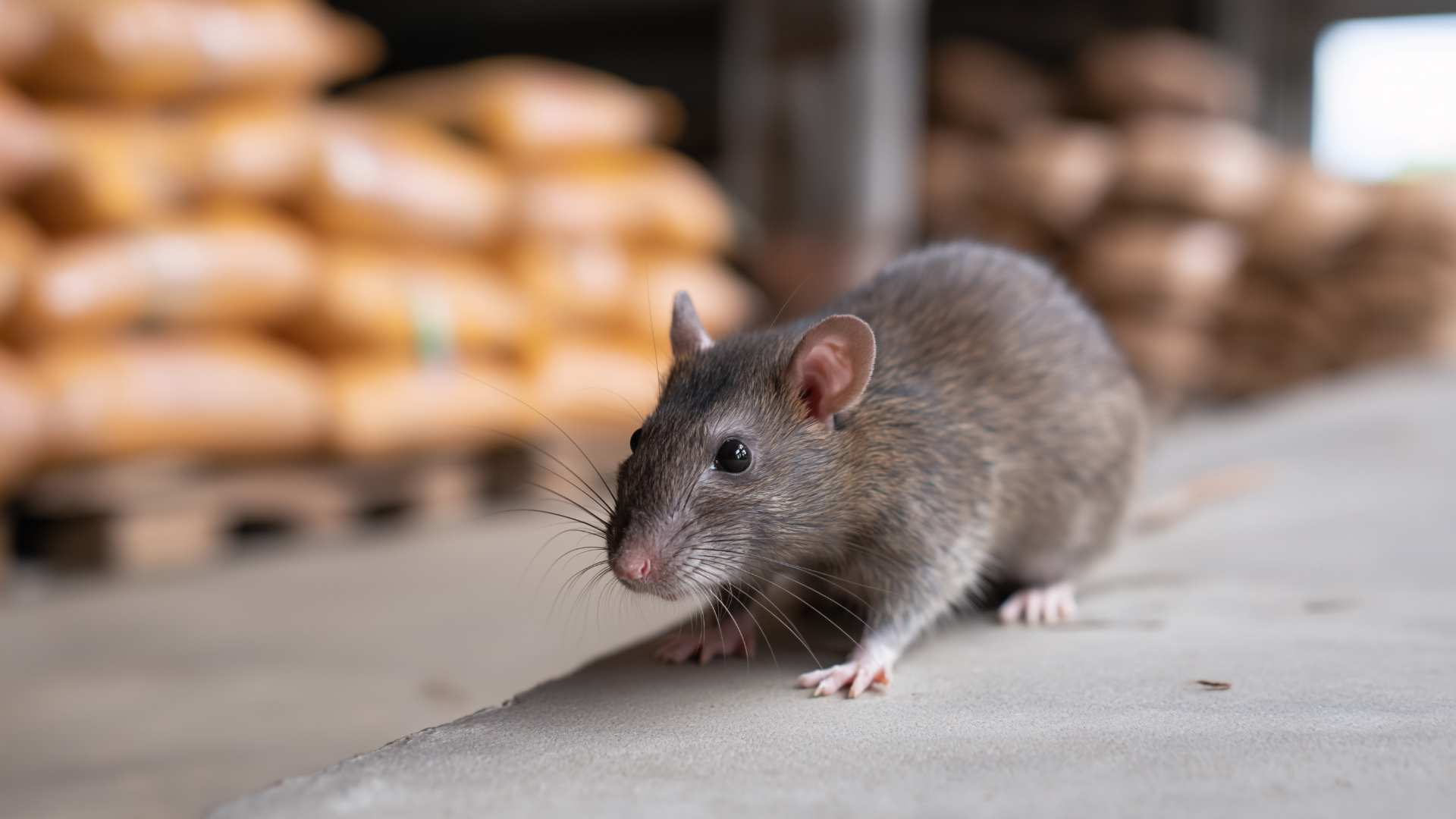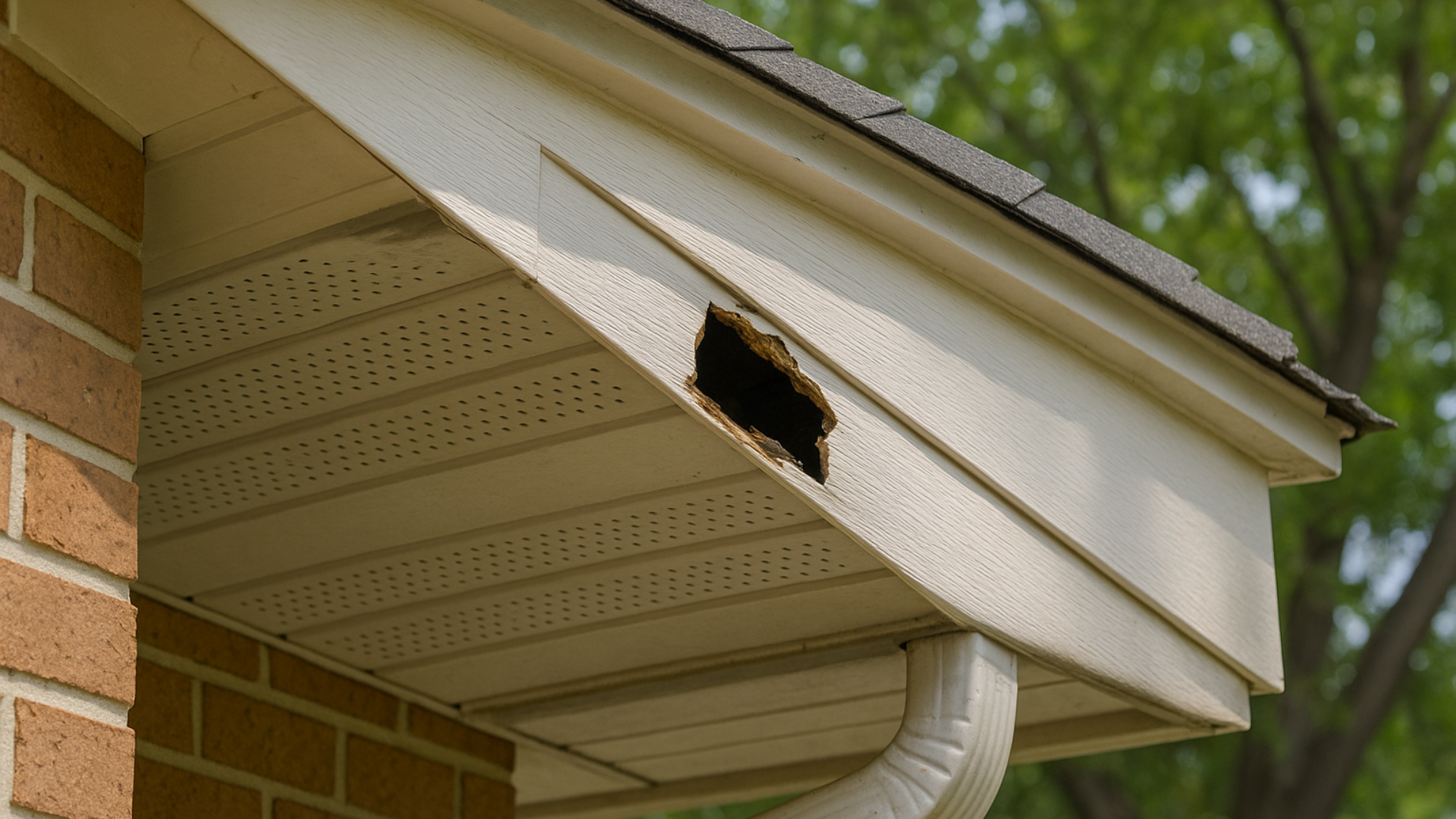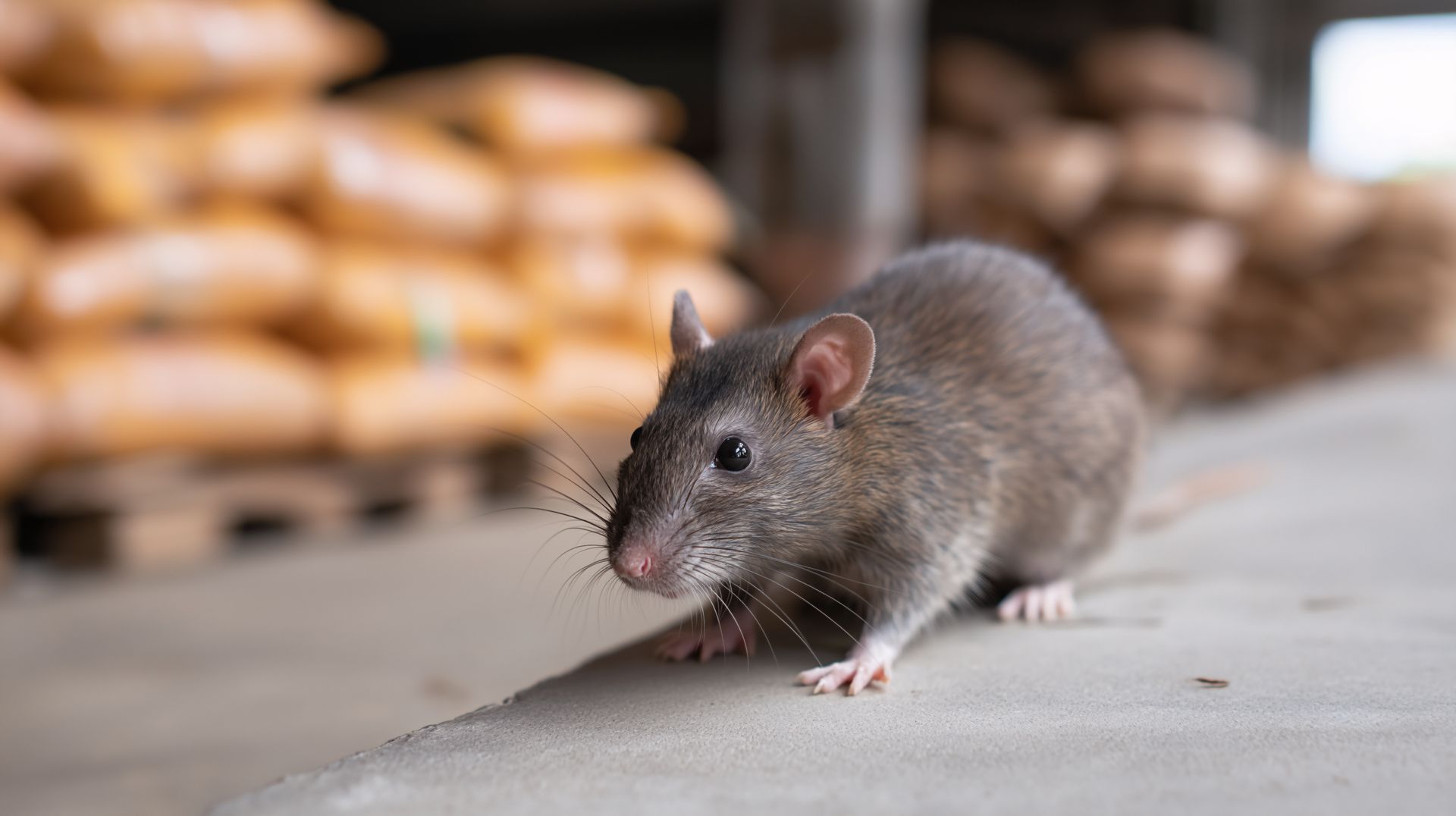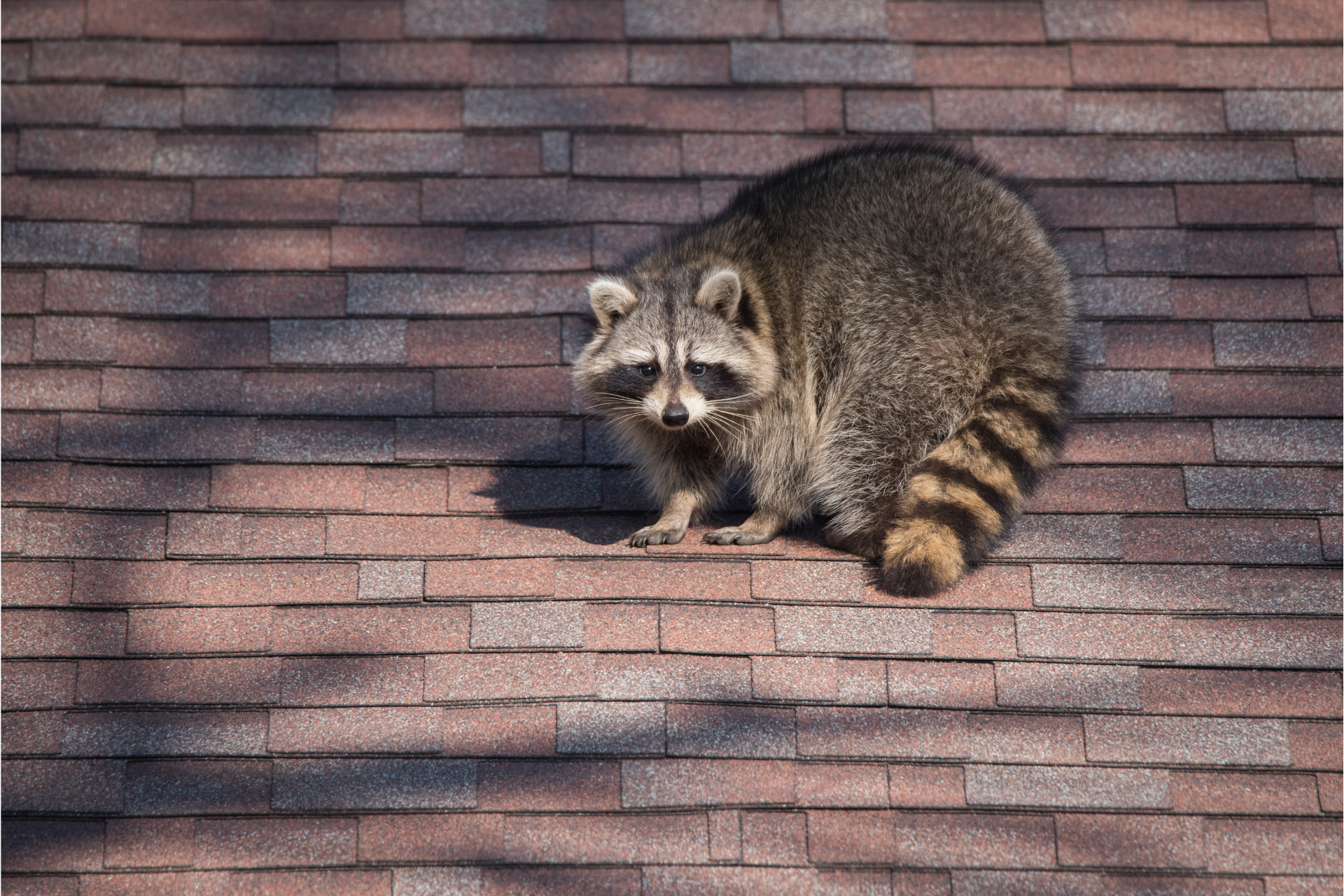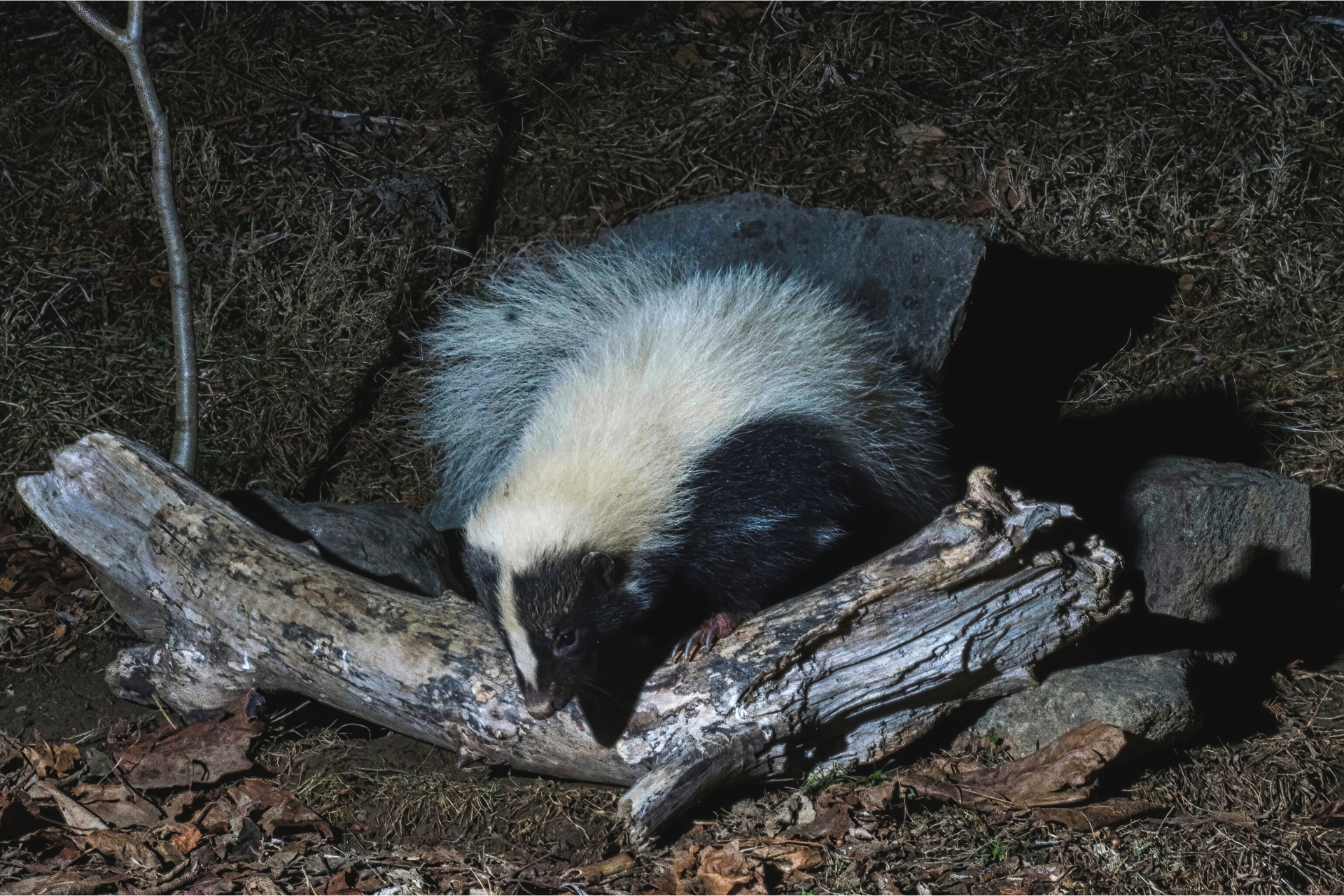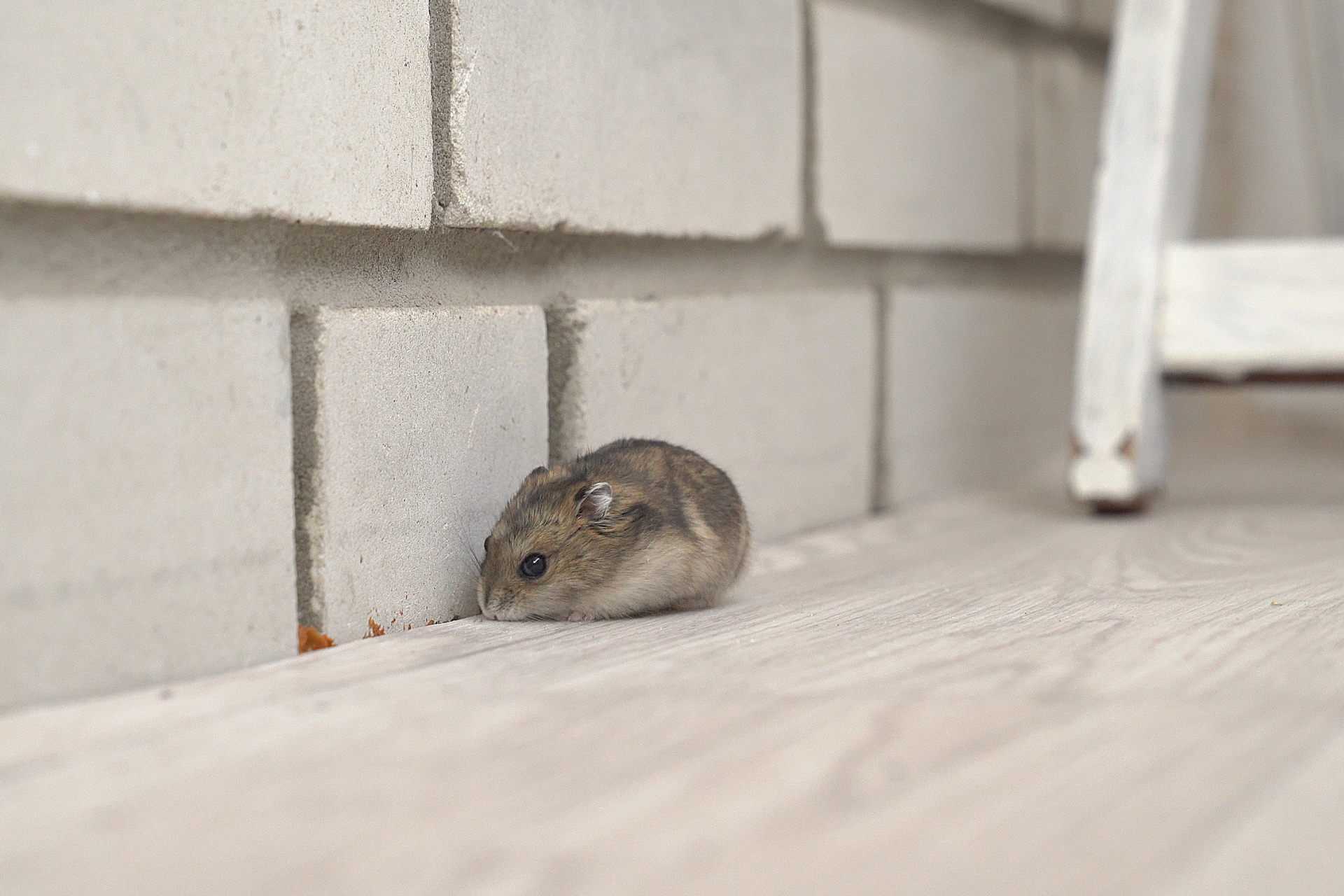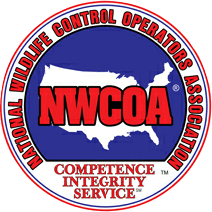How Wildlife Control Enhances Indoor Air Quality
The Respiratory Benefits Of Animal-Free Attics
When people think about clean indoor air, they usually picture filters, humidifiers, or ventilation systems. What often goes unnoticed is the effect that wildlife can have on the air circulating inside a building. Unwanted animals, whether they’re nesting in attics, creeping into basements, or slipping into crawl spaces, can leave behind far more than a nuisance. They contribute to contaminants that move through ductwork and vents, eventually becoming part of the air people breathe every day.
Animals that gain access to a structure don’t just settle quietly in one corner. They shed fur, produce dander, and leave droppings in places that connect to airways. In damp spots, their presence can even accelerate mold growth, which thrives in enclosed spaces with limited airflow. Once airborne, particles from these sources flow throughout a house or building, spreading irritants that can affect comfort and well-being. This chain reaction highlights why wildlife management is about much more than preventing damage to wood or wires. It has a direct influence on the quality of the air indoors.
The Role Of Droppings, Dander, And Contaminants
One of the most significant ways wildlife affects air quality is through waste. Droppings from rodents, bats, or birds contain bacteria and microorganisms that don’t stay confined to one spot. In areas close to duct systems, particles can be carried along air currents, reaching vents and circulating into living rooms, bedrooms, or offices. Even small amounts of this matter can build up over time, creating a source of continuous exposure.
Animal dander adds another layer to the problem. Much like the way pet dander lingers in a home, wildlife dander clings to dust and fibers. Once disturbed, it becomes airborne and moves freely within the indoor environment. For anyone spending hours inside the building, that steady presence of fine particles can be a major irritant. Unlike the fur or feathers people see, dander is microscopic, which makes it nearly impossible to control without addressing the root cause.
There’s also the issue of parasites and insects that wild animals often carry with them. Fleas, mites, and ticks sometimes spread through nesting areas and into ventilation paths. Once inside the HVAC system, they can remain unnoticed until the problem grows. These factors combine to create a cascade of airborne intrusions that impact the indoor atmosphere long after the animals themselves are gone. What makes this particularly concerning is that the contaminants don’t stay limited to a single room. A single nest can affect an entire household because modern ventilation systems are designed to circulate air evenly throughout a property, which means irritants introduced in one corner can easily end up everywhere else.
How Wildlife Access Contributes To Mold Growth
Moisture is one of the most overlooked aspects of wildlife invasions. When animals nest in insulation or find their way into basements, they often damage barriers meant to control humidity. In some cases, droppings themselves hold enough moisture to feed mold colonies. In attics or crawl spaces where airflow is limited, this can become a breeding ground for spores that drift through vents whenever the system circulates air.
Mold doesn’t need much to thrive. A little dampness and organic material can sustain growth for months. Once spores are released, they spread rapidly and can be difficult to contain. Ventilation systems act as highways, carrying spores from a hidden corner of the attic down into every room served by the ductwork. What began as a small patch near a nesting site can eventually influence the entire indoor environment.
Addressing mold at the source is essential because surface cleaning within living areas only tackles part of the issue. Without controlling the wildlife intrusion that encouraged mold in the first place, the cycle repeats. This is where professional wildlife control becomes an essential step in protecting indoor air quality, not just repairing visible damage.
The Long-Term Benefits Of Professional Wildlife Control
When trained specialists remove wildlife from a structure, the benefits extend beyond peace of mind. By sealing entry points and clearing out contaminated nesting areas, the sources of airborne pollutants are eliminated. This reduces the amount of dander, waste particles, and mold spores entering the ventilation system. Over time, the difference in air quality can be significant.
Professional wildlife control also means preventing future problems. Animals are persistent, and temporary fixes often don’t last. With comprehensive exclusion measures in place, it’s far less likely that droppings, dander, and moisture will continue to build up in hidden spaces. That makes it possible for air filters and ventilation systems to do their jobs more effectively, without being overwhelmed by contaminants they were never designed to handle.
The improvement isn’t just about what you breathe in the short term. Maintaining cleaner air contributes to a more comfortable environment year-round. Spaces that are free from the lingering effects of wildlife activity feel fresher, and there’s less risk of recurring mold growth or insect spread. By thinking about wildlife management as part of an indoor air strategy, property owners can create a more sustainable living or working environment. It’s an investment not only in protecting the structure itself but also in supporting the quality of the atmosphere inside it, something that impacts everyone who spends time there on a daily basis.
The link between wildlife and indoor air quality is stronger than many people realize. From droppings that filter into ductwork to mold growth spurred by moisture, the presence of animals inside a structure can have a lasting effect on the air people breathe each day. Tackling these problems requires more than surface cleaning or simple patchwork repairs. It calls for comprehensive removal and exclusion strategies that stop contaminants at their source.
At Wildlife Services, we take pride in addressing not just the immediate problem of animal intrusion but the broader effects it can have on your environment. Our work helps create indoor spaces where the air is fresher, cleaner, and more comfortable. If you’ve noticed signs of wildlife activity or are concerned about how it might be affecting your air, we encourage you to
contact us today. Let us help protect your property and help restore the quality of the air you breathe.
